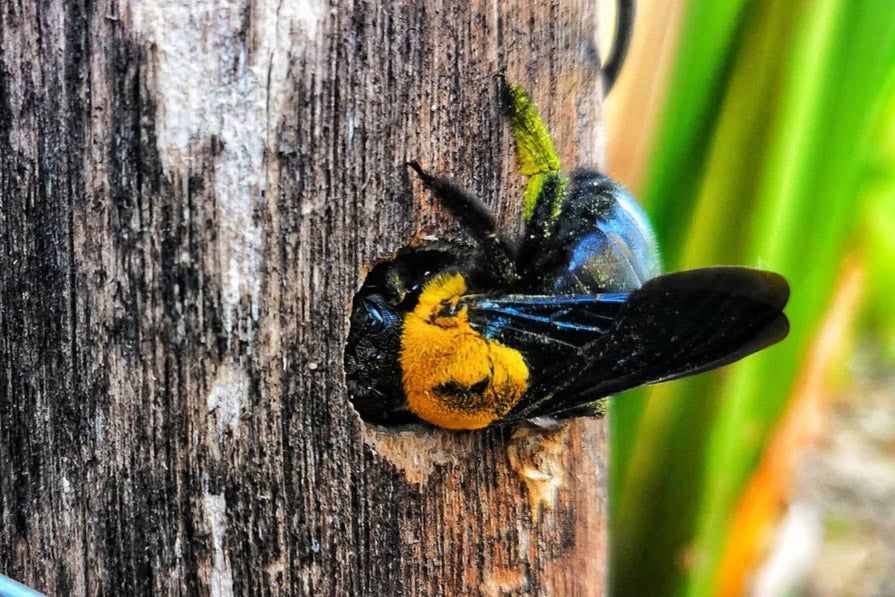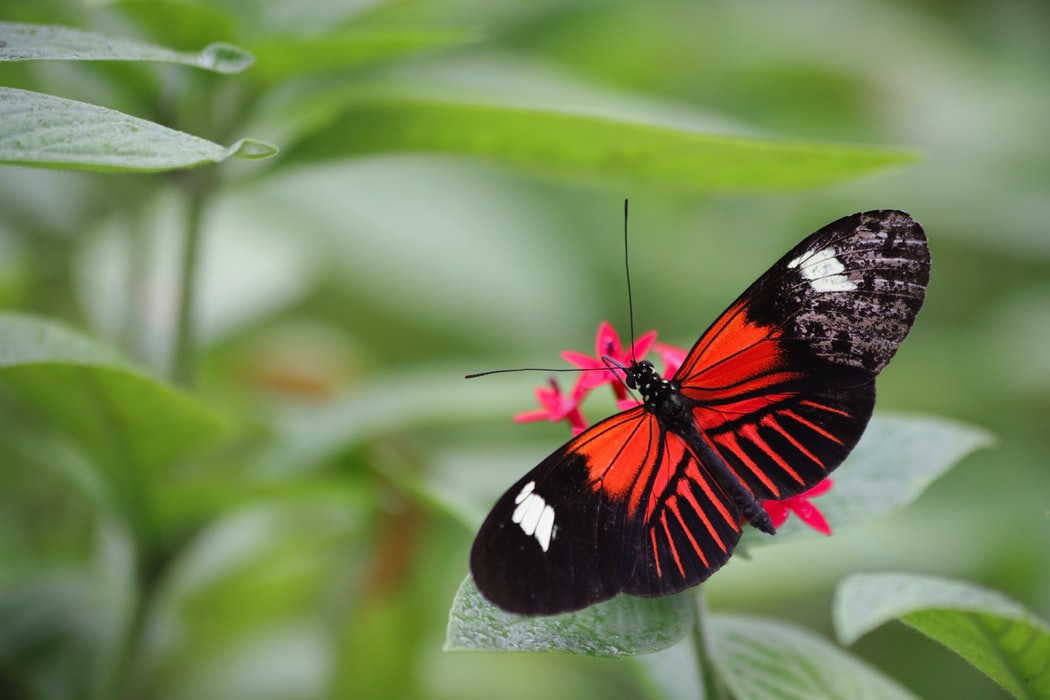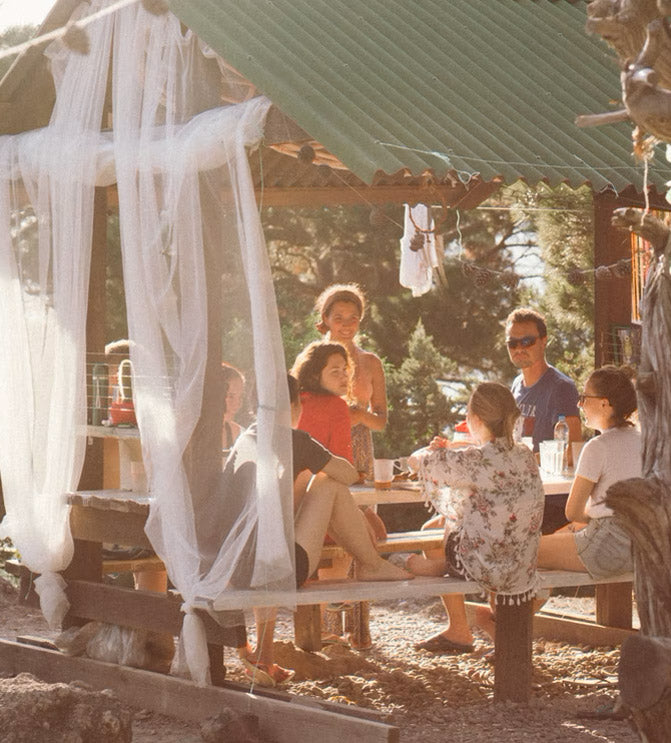This question comes up all the time – and we love answering it! The more you know about carpenter bee habits and behavior, the more equipped you will be to defend your home against their aggressive drilling.
So what’s the verdict on painting or staining your Best Carpenter Bee Trap or Pine Wood Carpenter Bee Box Trap? Should you do it? The answer is a definitive “no.”
While it may be tempting to stain or paint your bee trap to match the rest of your outdoor area, doing so could actually hurt your chances of getting rid of those pesky carpenter bees.

Will Painting the Wood Stop Carpenter Bees?
Our carpenter bee traps are as effective as they are because they were specially designed with carpenter bees’ behavior in mind. Despite carpenter bees belonging to the same overarching bee “family,” their habits are widely different from those of bumble bees or honeybees.
Of these unique characteristics, none stands out so sharply as the carpenter bee’s appreciation for soft, untreated wood. In fact, when it comes to wood, the softer the better; carpenter bee families are looking to do as little work as possible when building a new nest. That being said, however, like their honeybee cousins, who have long been studied for their acute ability to smell a flower from miles away, carpenter bees are also very sensitive to smells.1
Stains and paints contain chemicals that give off VOCs, or volatile organic compounds, that can deter, rather than attract, carpenter bees. This means that even if the wood is appetizingly soft and pliable, a carpenter bee may choose to pass on your trap because of the foul chemical smell. This is especially true if there are existing or abandoned carpenter bee nests nearby. Most bees are hard workers, but the lazier carpenter bee will choose the path of least resistance every time: given the choice between a smelly, treated trap and an existing nest on your property, they’ll skip the trap. Read our “How to Repair Carpenter Bee Damage” post for tips to clean up existing nests.
Carpenter Bee Trap Tips and Tricks
To get the most out of your carpenter bee trap, there are few key things to keep in mind.
The first, and arguably most important, is the strategic placement of your traps. Generally speaking, if you already have a carpenter bee infestation, you’ll want to plug those holes and nests prior to hanging your own trap. If you’re doing early preventive maintenance, then choosing the right locations to hang your traps is even more critical. For information on recommended trap placement, you can check out our blog post where we discuss trap placement in great detail.
Design Note: Can you crop out the extra space above and below the box?

The second tip to getting the most out of your Best Carpenter Bee Trap is utilizing bait. Dead carpenter bees release pheromones that signal other carpenter bees to come and explore that area. Placing a dead carpenter bee inside your trap is a highly effective way to lure new bees in.
Haven’t caught any carpenter bees yet? No problem. In lieu of an actual carpenter bee, we recommend using our proprietary Bee-Licious Bee Bait to entice new bees into your Best Carpenter Bee Trap and away from your home.
If you’ve already done both of the steps outlined above and you’re still not seeing results, take a look at our blog where we discuss three reasons why your Best Carpenter Bee trap may not be working.
- Jean Christophe Sandoz, “Behavioral and Neurophysiological Study of Olfactory Perception and Learning in Honeybees,” Frontiers in Systems Neuroscience 5 (2011): 98, https://doi.org/10.3389/fnsys.2011.00098.









Leave a comment
All comments are moderated before being published.
This site is protected by hCaptcha and the hCaptcha Privacy Policy and Terms of Service apply.